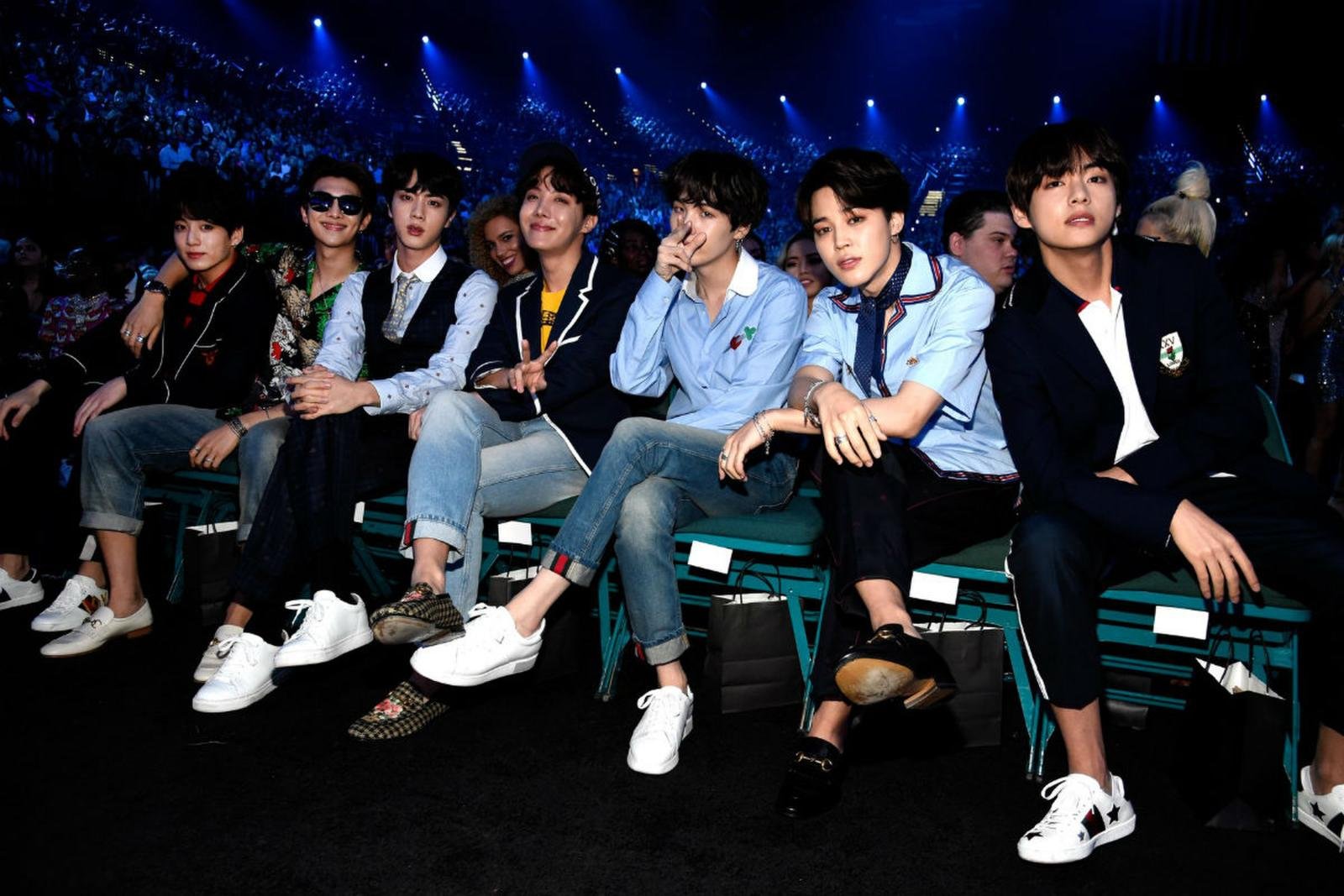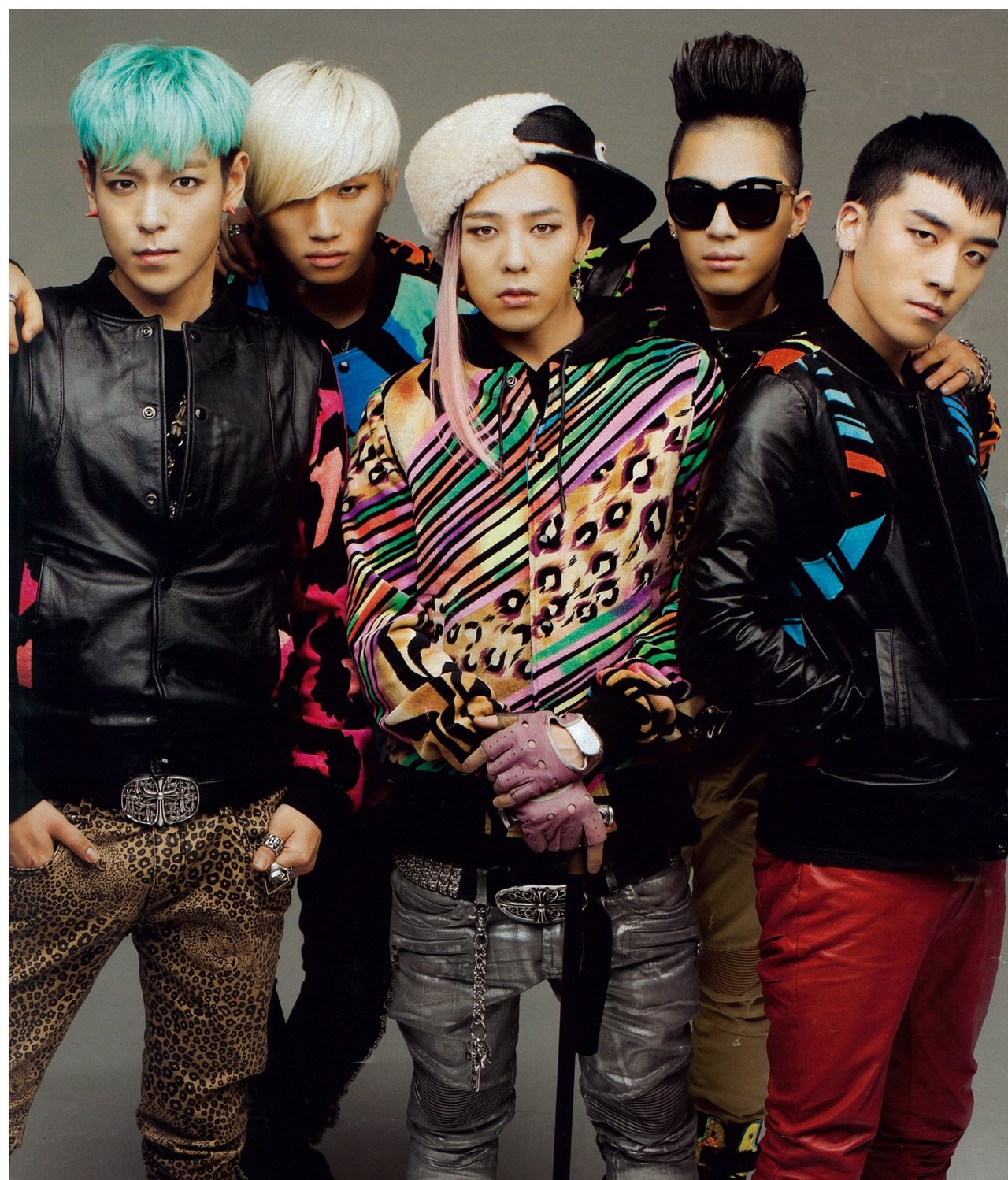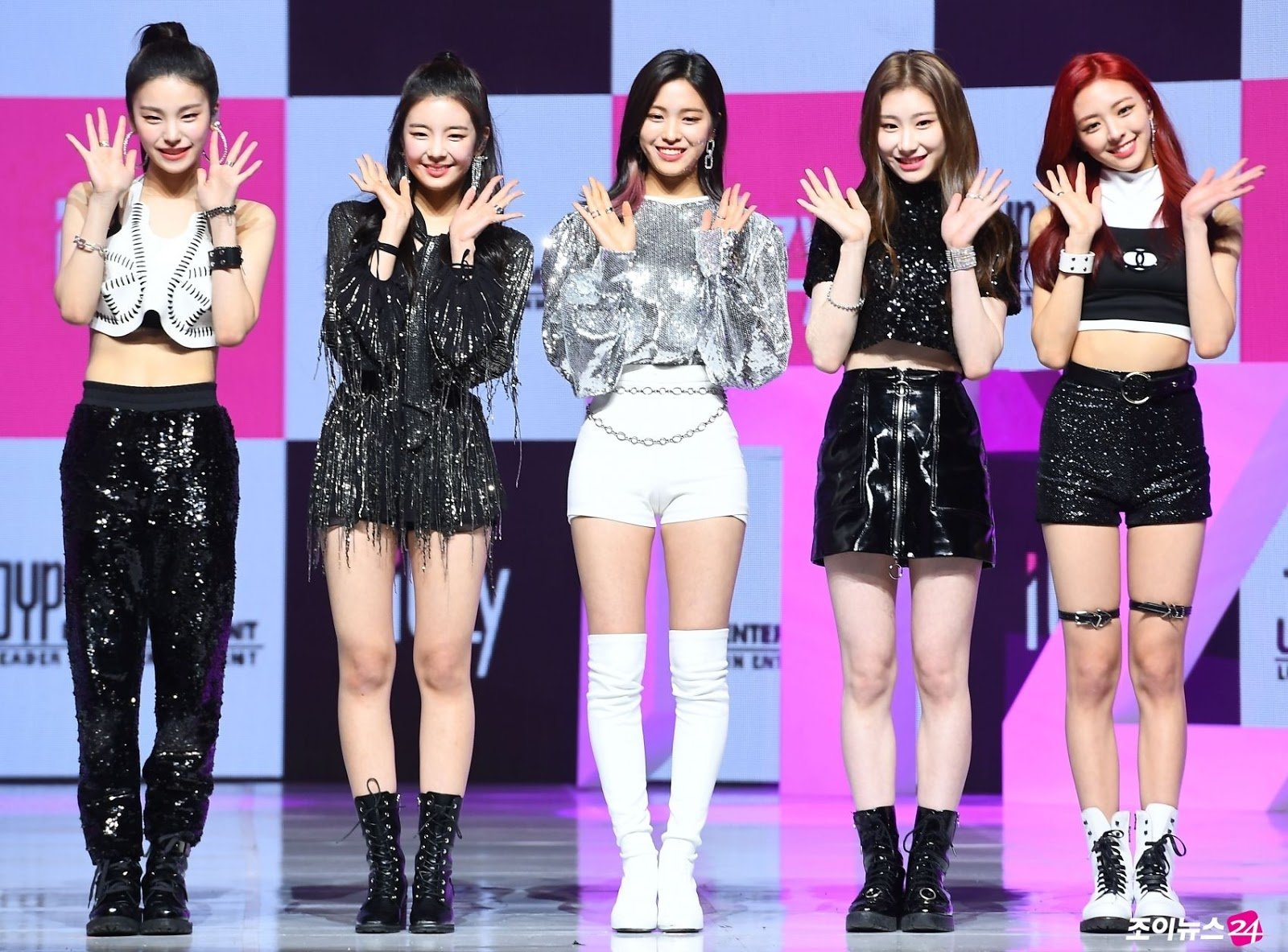KPop fashion evolution
In recent years, we have seen an exponential global obsession with South Korea's greatest export, Kpop. New groups and idols continue to pop up and make headlines, and their music making its way to radio stations all over the world. One of Kpops most influential aspects is the unique and iconic “idol fashion”. A combination of colors, designer pieces, and the latest trends, Kpop fashion continues to evolve and set the stage for the hottest looks. With a strategic and perfect concoction of elements curated to each group, we're exploring how Kpop fashion has evolved through what is referred to as “generations”.
In the late 20th century, South Korea went through a transitional period of democratization and media liberalization. As the country became more open and westernized, popular media and music from the US began to circulate amongst the population. As groups such as The Spice Girls and Backstreet Boys make their way overseas, South Korea takes this as an opportunity to develop their own version. As a result, Kpop groups were born, setting the stage to become one of Korea's most valuable and influential assets.
Generation One:
Heavily influenced by western groups such as Backstreet Boys, Spice Girls, Boyz II Men and NSYNC, First Gen Kpop groups adopt several of their signature trends. Groups made it a point to dress up in matching outfits, coupled up with funky accessories and hairstyles to set members apart. Girl groups tended to play it safer, embracing the “clean, girl-next-door” style and utilizing lots of denim and simple outfits. H.O.T , S.E.S, God, Baby V.O.X, etc were amongst some of the most popular first gen groups.
Generation two :
The early 2000s marks this new generation, and with it come a mix up of new, bright and experimental styles. Kpop starts picking up a boom of popularity, so labels aim to try crazier and more unique trends to make groups stand out. Each album release usually marked a new style era for the groups, constantly pushing stylists to change it up. Instead of matching outfits, second gen preferred the cohesive but individualistic looks. From cyberpunk, to animal print, to school kids, all sorts of looks made their appearance. Fan favorites include Girls Generation, BIGBANG, 2PM, etc.
Generation three :
This is where we begin to see the global obsession rise within Kpop groups. Superstars such as BTS, Blackpink, EXO, Twice, etc. emerge, marking this as one of the golden generations of kpop. Here is where designer begins to meet idols. With popular individuals getting ambassador offers from high end luxury brands such as Celine, Chanel and Louis Vuitton, Idol fashion begins to truly evolve into its own field. Starting in the mid 2010s, groups' styles often reflect the thematic feel of the album, and like the second generation, seem to constantly change and evolve to each new album. Groups are often seen in cohesive, luxurious and sleek outfits, usually catered to fit each individual member's own style.
generation four :
After years of creating the perfect formula to curate these groups, the fourth generation reflects an almost seamless execution. Newest groups are quickly rising to fame and global recognition like never before. With a combination of high-end designer, custom-made pieces catered to the personal style of each member, an integration of the newest concepts, along with embedded elements old traditional Korean styles, this generation has it all. Groups such as Stray Kids, TXT, ATEEZ, ITZY, New Jeans etc, are amongst the youngest and most notable of this generation so far.
As fashion and globalization continues to expand and combine, we can expect to see more trends push the boundaries of art and expression. Kpop has only just begun to stake its claim in worldwide domination, and with it comes a refreshing and exciting take on style evolution.









